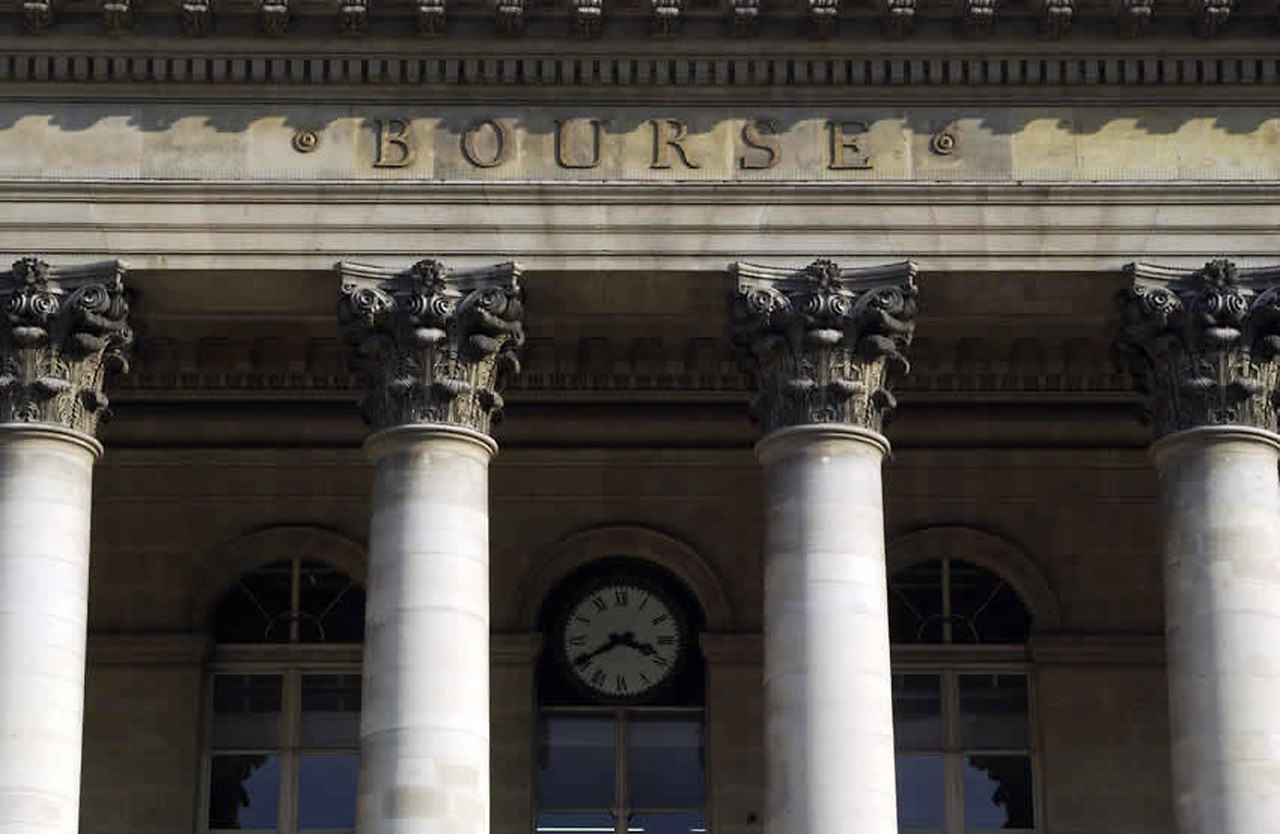(BFM Bourse) – This somewhat unique index compiled by Euronext brings together companies likely to knock on the door of the CAC 40. This year, this group of stocks is suffering more than the main barometer of the Paris Stock Exchange.
We tend to forget it, but the CAC is not an index but a family of indices. And as in certain families, the eldest, the CAC 40, launched in 1988, attracts most of the spotlight. Created in 1990, the SBF 120, the second major barometer of the Paris market, can sometimes attract the favor of the press but this remains mainly the work of the stock market media.
We very rarely talk about the CAC Next 20, even though it is within it that there are future (or former) residents of the CAC 40. Edenred left this index last June to join the elite of the Paris Stock Exchange, ejecting by the same Vivendi which therefore took its place in the “second division”.
The CAC Next 20 is, it must be remembered, young. It only celebrated its 18th birthday at the start of the year since it was launched in January 2005 by Euronext.
To simplify, the CAC Next 20 constitutes the antechamber of the CAC 40, since it brings together the twenty most important stocks on the Paris Stock Exchange which are not included in the flagship index. The CAC 40 and the CAC Next 20 together form an expanded index of large capitalizations of the Paris Stock Exchange called CAC Large 60.
Heavy and less heavy weights
Euronext establishes a classification of values according to different criteria which serves as a working basis for its scientific index council to then decide on the entry or exit of a value in an index, during a meeting which takes place every quarter. As we have written several times, these two criteria remain free float market capitalization and trading volumes. But for the final decision, other aspects may come into play, such as consistency and sectoral representativeness (which perhaps currently saves Unibail-Rodamco-Westfield’s place in the CAC 40).
On the basis of these criteria, a ranking (which, we repeat, does not in itself condition entry and exit in an index) is therefore established. Thus “the CAC Next 20 index is made up of the 20 best ranked companies which are not part of the CAC 40”, explains Euronext. “A buffer zone, where current members have priority over companies which are not currently part of the CAC Next 20 or CAC 40, is established for companies ranked from 16th to 25th place,” continues the stock exchange operator .
The CAC Next 20 therefore evolves regularly. In September, the specialist in substrates for semiconductors Soitec entered the index, taking the place of the airport operator Groupe ADP. In March, the Air France-KLM airline group joined it.
The current composition brings together companies with quite different stock market weights. Currently, Sartorius Stedim Biotech, which was once expected to enter the CAC 40, has the highest market capitalization with nearly 17 billion euros.
ahead of Sodexo, with 14.77 billion euros.
These figures are also higher than the weight of certain members of the CAC 40, such as Unibail-Rodamco-Westfield (7.1 billion euros), Teleperformance (7 billion) Alstom (5.08 billion euros) or Worldline ( 3.65 billion euros), these last three titles having fallen sharply this year.
But, as said previously, Euronext looks not at the capitalization stricto sensu but at the floating market capitalization. However, Sartorius Stedim Biotech and Sodexo have limited floats, 26.4% for the first and 55% for the second. Sodexo should also logically see its capitalization reduced if the group realizes its plan to list its restaurant and gift voucher subsidiary Pluxee next year.
Underperformance compared to the CAC 40
At the opposite end of the spectrum, Air France-KLM as well as the equipment manufacturers Forvia and Valeo (a fallen star of the CAC 40 present in the index, like Vivendi, Sodexo, Solvay or Accor) are the little thumbs of the CAC Next 20, with a capitalization close to 3 billion euros. The average capitalization of the CAC Next 20 is also around 7.82 billion euros.
Remember that keeping an eye on this antechamber of the CAC 40 is not without interest. Indeed, identifying potential candidates for entry into the CAC 40 is supposed to make it possible to identify stocks which, once entered into the benchmark index, will benefit from a catalyst in the form of buyer flows linked to passive management. . ETF managers must, in fact, adjust the composition of their index funds to continue to replicate the CAC 40.
It is still necessary that the stock market background of the members of the CAC Next 20 allows them to qualify for this promotion. However, the CAC Next 20 index has far underperformed the CAC 40 this year, with a decline of 0.8% since January 1 compared to an increase of 9.1% for the elite of the Paris Stock Exchange. It’s even worse over five years, with the CAC 40 gaining 38.4% while the CAC Next 20 is dropping 11.4%.
In terms of values, only the Accor hotel group, driven by the rebound in tourism and a flow of positive news (objectives revised upwards, rating upgrade by rating agencies, share buyback program) recorded a nice increase , by 31.5% over the whole of 2023, leaving Forvia (+18.9%), Klépierre (+12.49%) and Sodexo (+11.92%) well behind. Conversely, there are more of the losers, with first place going to Sartorius Stedim Biotech (-39%), which has issued two profit warnings this year, followed by Rémy Cointreau (-28%) and Valeo (-21.9 %).
All market capitalization figures were finalized after Thursday evening’s closeJulien Marion – ©2023 BFM Bourse
Source link -84
